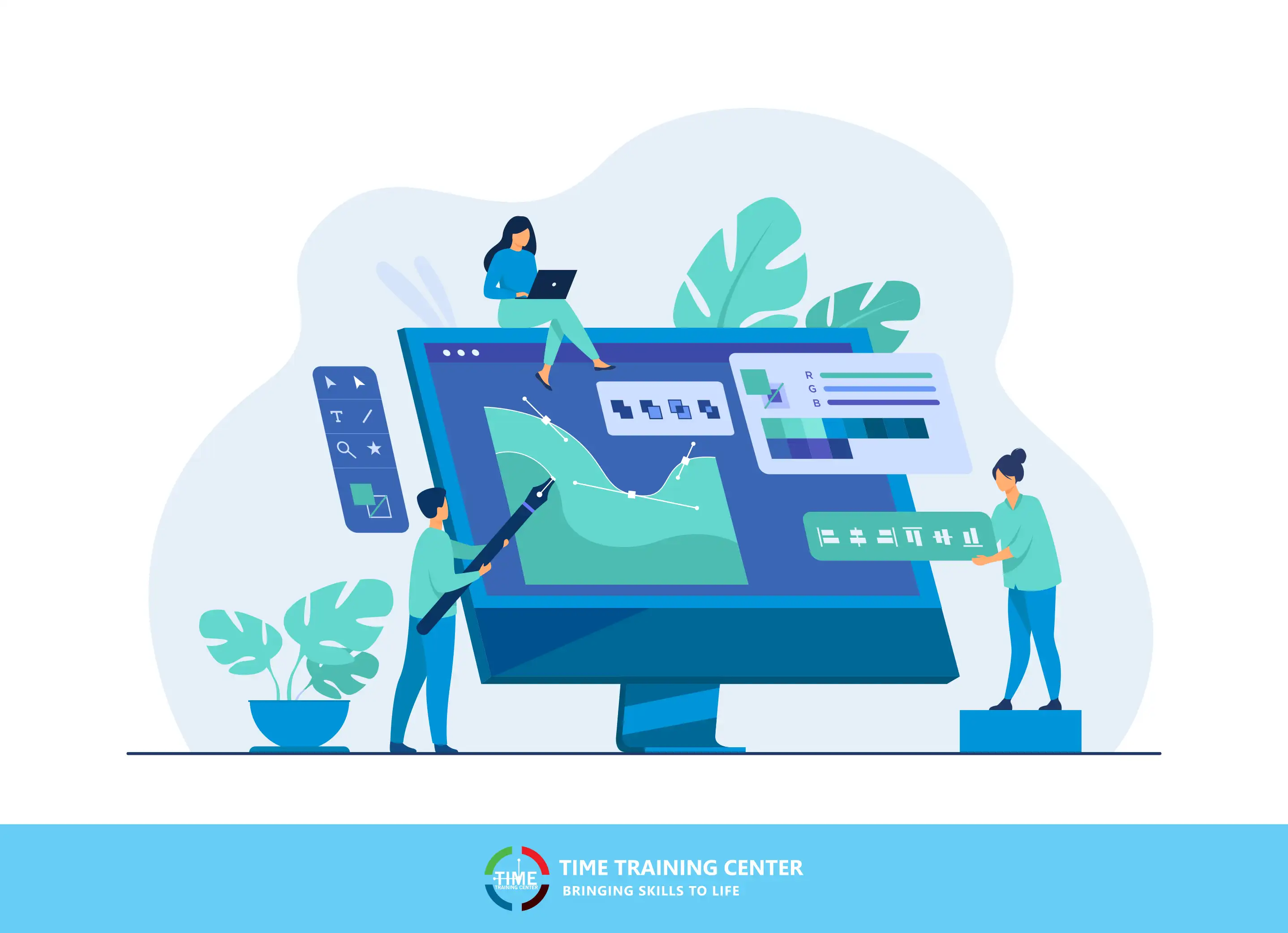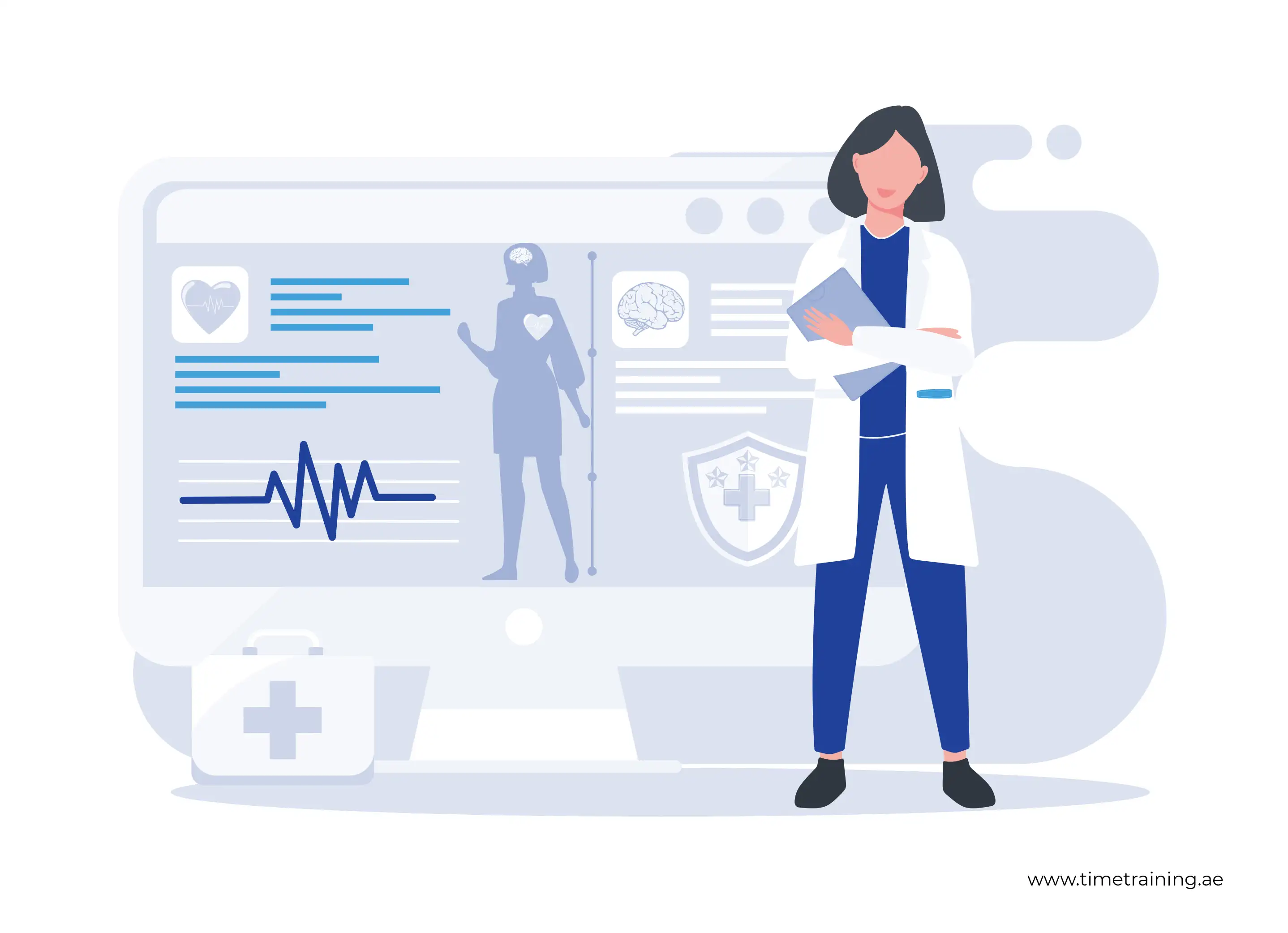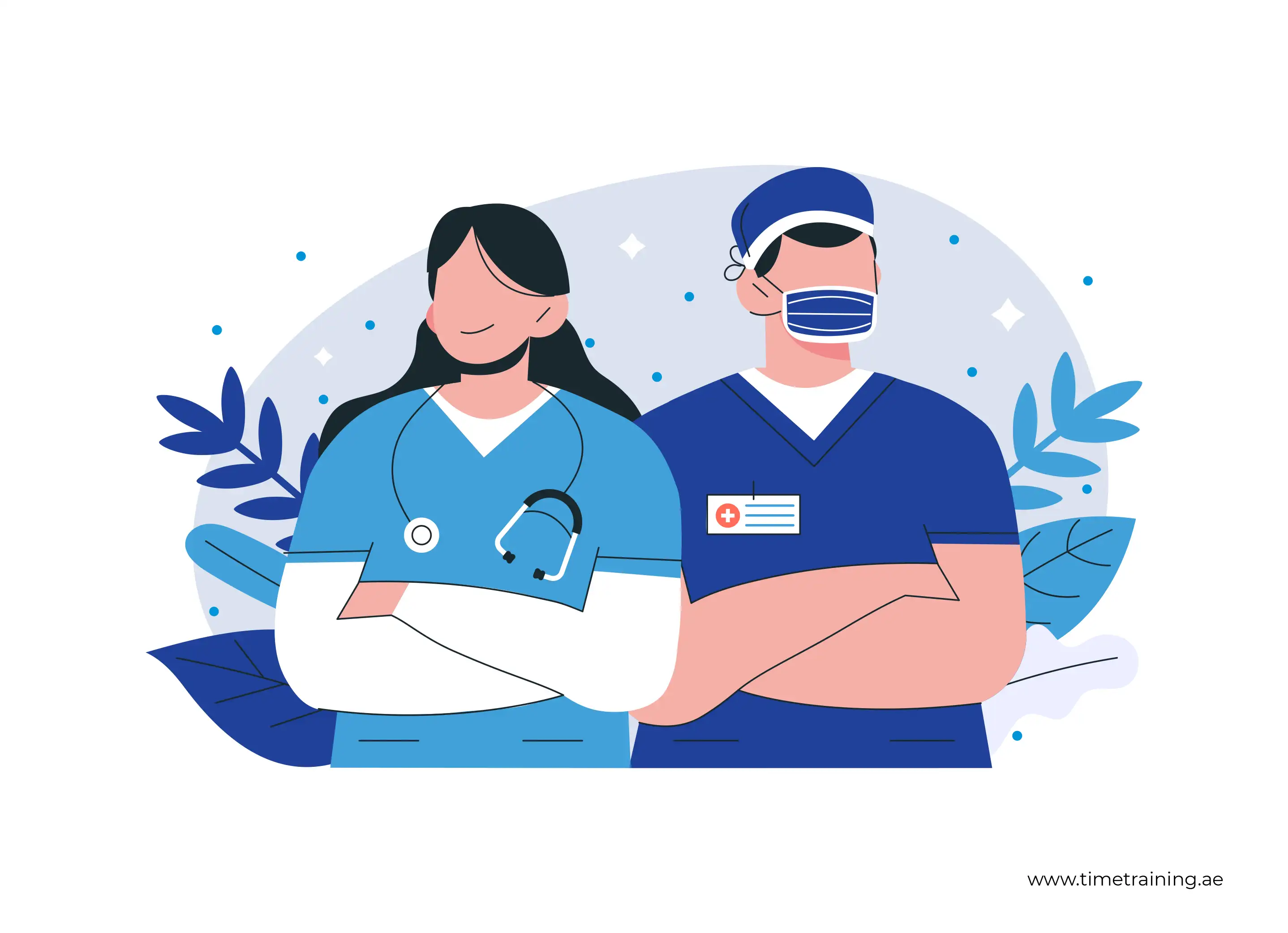The digital landscape is experiencing explosive growth, driving a surge in demand for talented web designers. To excel in this dynamic field, a diverse skill set is essential. This blog equips aspiring web designers with the top 10 essential skills, transforming them from design enthusiasts into well-rounded professionals.
This blog will explore the foundational principles of visual design, delve into the technical aspects of web development, and emphasize the importance of communication and collaboration for project success.
Check out the Benefits of Learning Web Designing Course
Must-Have Skills for a Web Designer
Following are the 10 fundamental skills every web designer should have;
-
Graphic Design
-
User Interface (UI) Design
-
User Experience (UX) Design
-
HTML
-
CSS
-
Responsive Design
-
Content Management Systems (CMS)
-
JavaScript
-
Image Editing
-
Communication and Collaboration
1. Graphic Design
Graphic Design is the bedrock of web design. Understanding core principles like color theory, typography, and composition allows you to create visually compelling and clear websites. Color theory helps you choose palettes that evoke emotions and guide user attention.
Strong typography ensures text is legible and enhances the overall message. Finally, composition techniques like balance and hierarchy organize visual elements for a pleasing and logical layout.
Find out the Best Web Design Tools
2. User Interface (UI) Design
Here's where websites become interactive. UI design focuses on the user's interaction with the interface. This includes designing buttons, menus, forms, and other elements in a way that is intuitive and easy to understand.
Imagine a website with a confusing navigation menu – users will get frustrated and leave. By prioritizing clear layouts, consistent visual cues, and accessible buttons, UI design ensures users can navigate and achieve their goals effortlessly.
3. User Experience (UX) Design
Taking things a step further, UX design delves into how users feel while interacting with your website. It considers their needs, expectations, and behaviors to create a smooth and enjoyable journey. UX design goes beyond aesthetics, ensuring the website fulfills its purpose efficiently.
This could involve optimizing checkout processes for e-commerce sites or streamlining information architecture for a complex website. By focusing on user psychology and usability testing, UX design guarantees a positive and engaging experience for your visitors.
You may also be interested: UI/UX Design Career Opportunities
4. HTML
Every website starts with its skeleton – the HTML code. Imagine HTML as the building blocks that define a website's structure. It creates the basic framework, including headings, paragraphs, images, and links.
While web designers might not need to be coding ninjas, understanding fundamental HTML allows you to directly translate your design ideas into a functional website. Knowing HTML empowers you to collaborate effectively with developers and fine-tune specific elements for optimal layout.
5. CSS
Imagine a beautiful website design – but without any color, style, or visual flair. That's where CSS comes in! Cascading Style Sheets (CSS) controls the website's visual appearance, transforming your design from blueprint to masterpiece.
With CSS, you can define the layout (margins, padding), and style elements (colors, fonts, backgrounds), and even create dynamic effects. This ensures a cohesive visual language across your entire website, bringing your design vision to life. Mastering CSS empowers you to experiment with different styles and iterate on designs efficiently.
6. Responsive Design
The web doesn't exist in a vacuum – users access websites from desktops, laptops, tablets, and smartphones. Responsive web design ensures your website looks stunning and functions flawlessly on any device.
This approach involves creating flexible layouts that adapt to different screen sizes and resolutions. By incorporating responsive design principles, you guarantee a seamless user experience for everyone, regardless of their device.
7. Content Management Systems (CMS)
The Power Behind the Scenes: Not everyone is a coding whiz – that's where CMS platforms come in. These user-friendly systems allow website owners to easily add, edit, and manage their content without needing technical expertise.
Popular options like WordPress offer drag-and-drop interfaces for managing text, images, and even layouts. For designers, understanding CMS basics allows you to create layouts that are compatible with these platforms, ensuring a smooth handover to the client for easy content updates.
8. JavaScript
Adding a Dash of Interactivity: While not essential for every web designer, JavaScript offers the ability to add interactivity to your websites. Imagine animation effects, dynamic menus, or real-time data updates – these are all powered by JavaScript.
Having a basic understanding of this scripting language allows you to create more engaging and user-friendly experiences. However, for complex interactions, collaboration with a developer is recommended.
9. Image Editing
Visuals are a powerful tool in web design. Images can set the mood, showcase products, and break up text-heavy content. Possessing basic image editing skills allows you to optimize photos for web use.
This includes resizing images to reduce loading times, cropping for better composition, and applying basic edits for clarity and visual appeal. Popular tools like Adobe Photoshop or free alternatives like GIMP empower you to manipulate visuals and create a cohesive aesthetic for your website.
10. Communication and Collaboration
Web design is rarely a solo act. Strong communication skills are essential for success. You'll need to clearly explain your design concepts to clients, as well as collaborate effectively with developers to ensure your vision translates flawlessly from design to code.
Actively listening to client feedback and fostering a collaborative environment is key to delivering a website that meets everyone's needs and expectations.
Conclusion
Mastering these 10 essential skills equips you to craft exceptional websites that are both beautiful and user-friendly. Remember, the world of web design is constantly evolving, so embrace continuous learning and exploration. Keep your design toolbox stocked with the latest trends and technologies to stay ahead of the curve and create truly captivating online experiences! Consider enrolling in a web design training program to enhance your skills and stay updated with the latest industry practices.
 +971 2 6713828
+971 2 6713828



